
Fisherman Forms Touching Bond with 4-Meter-Long Crocodile
An Indonesian fisherman claims to have shared a friendship with a four-meter-long saltwater crocodile for over 20 years and calls the reptile part of the

An Indonesian fisherman claims to have shared a friendship with a four-meter-long saltwater crocodile for over 20 years and calls the reptile part of the
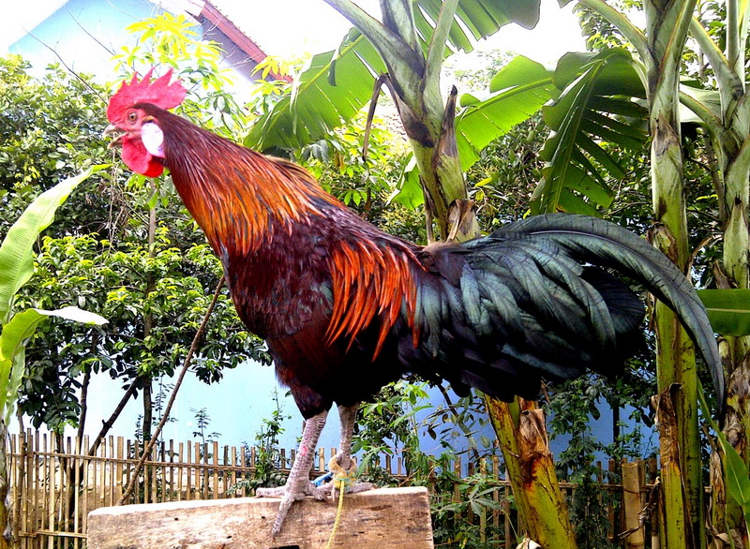
Ayam Ketawa, or the Indonesian laughing chicken, is a breed of long-crowing chicken known for the clarity of its crow, which has an unusual similarity
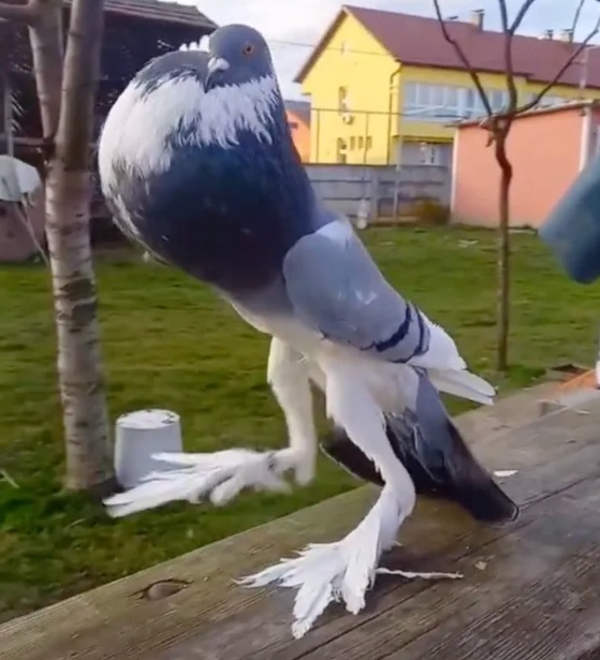
Photos and clips of a proud-looking pigeon with its chest puffed out like a cartoon character and impressively long legs have been getting a lot

A family of poppy farmers in Slovakia has been having trouble getting rid of hundreds of swans that have become addicted to poppy seeds and
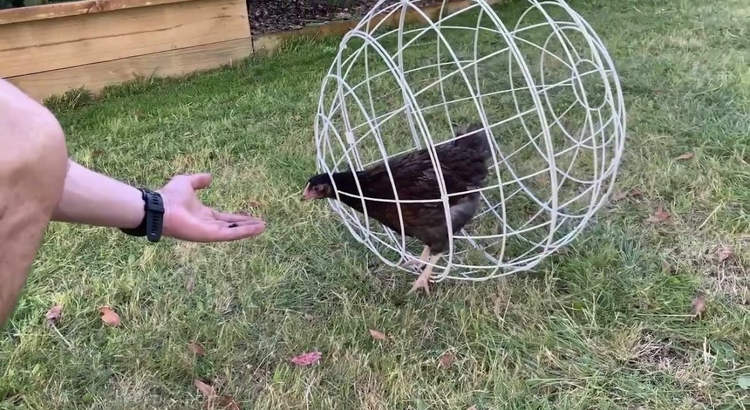
The ‘Chicken Orb” is a sphere made of metallic wire that allows chickens to move around and forage freely while preventing them from jumping onto
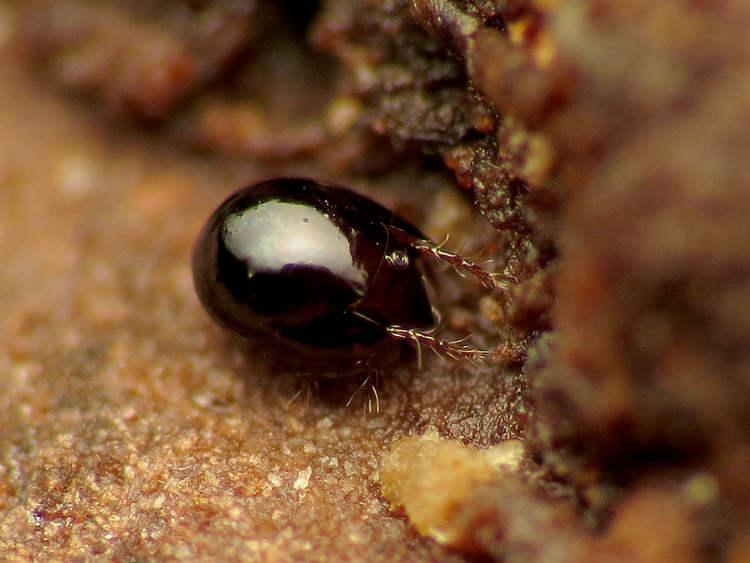
Measuring about 1 millimeter in size, the oribatid mite or armored mite is recognized as the strongest creature on Earth. It can lift over 1,000
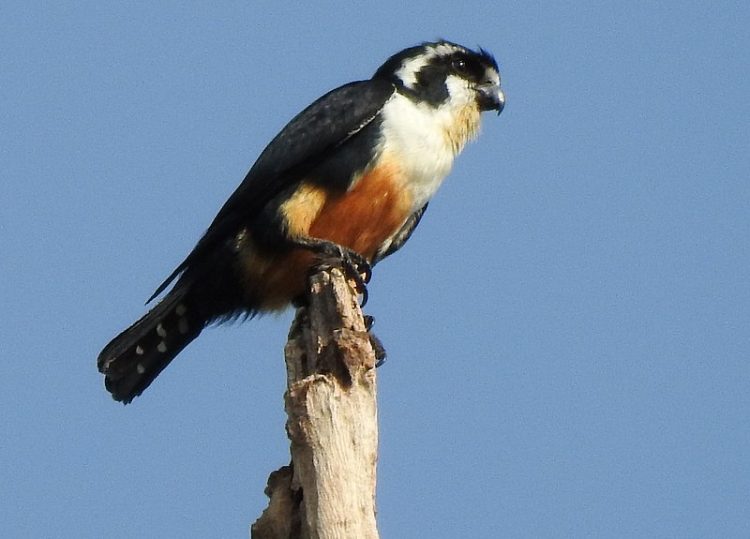
The black thighed falconet is no larger than a sparrow, but don’t let its size fool you, as this tiny bird is a ruthless predator
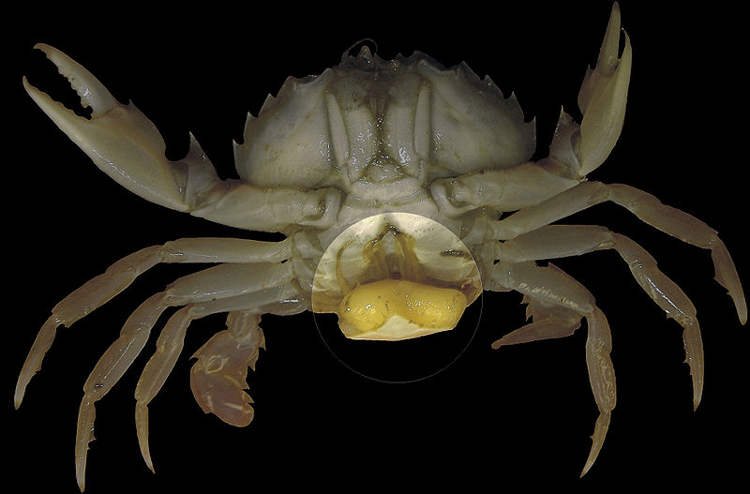
Sacculina carcini is a common species of barnacle that not only attaches itself to various species of crab, forcefully castrating males and turning them into females

Raccoons are not native to Japan, yet in the last few decades, the furry critters have become naturalized in 44 of the country’s 47 prefectures,

Vets in Plymouth, UK, scrambled to save the life of an alcoholic labrador retriever that had become addicted to booze because its late owner kept
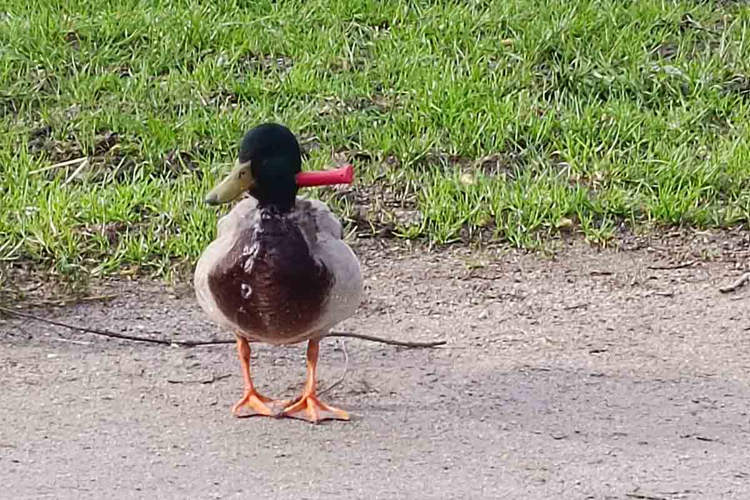
Animal rescuers in Brittany, France were stunned by a wild duck that seemed to lead a perfectly normal life despite having a knife stuck in
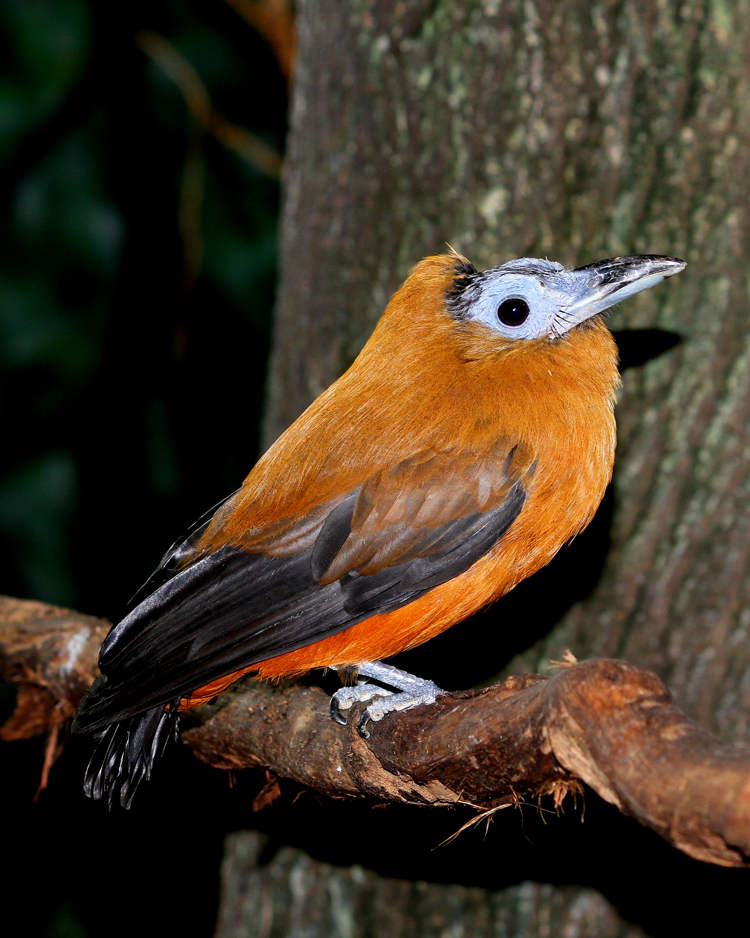
The capuchinbird, an exotic bird found in the jungles of South America, is famous for having one of the most bizarre-sounding mating songs in the
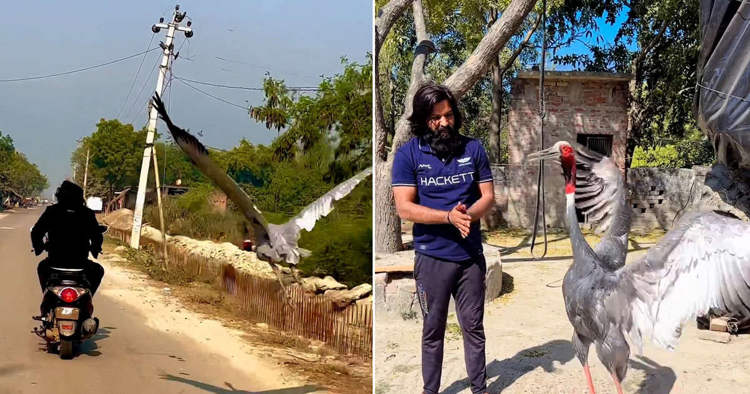
An Indian man has become somewhat of a celebrity in his home state of Uttar Pradesh thanks to his unusual best friend, a wild crane
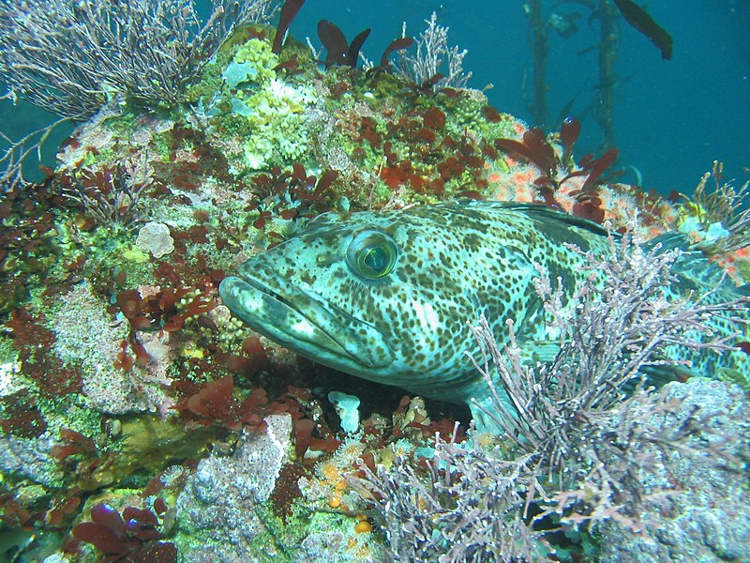
The Lingcod, a fish native to the North American west coast, usually has brown-red or even greyish skin and white flesh, but about 1 in
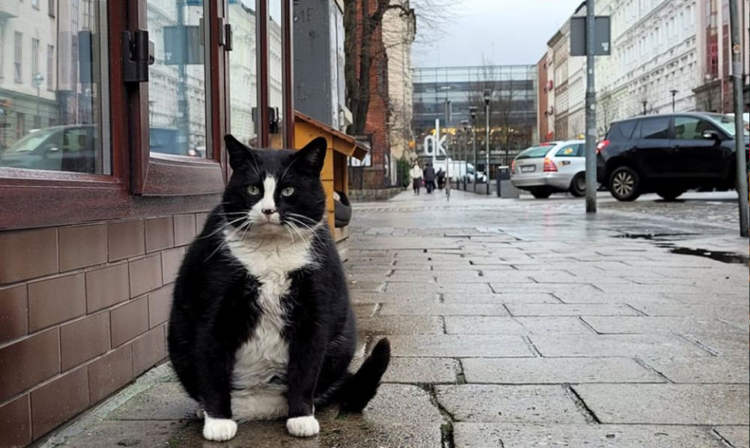
With a nearly perfect 4.9/5.0 stars out of thousands of Google reviews, Gacek, an overweight black-and-white street cat, is the top-rated tourist attraction in the